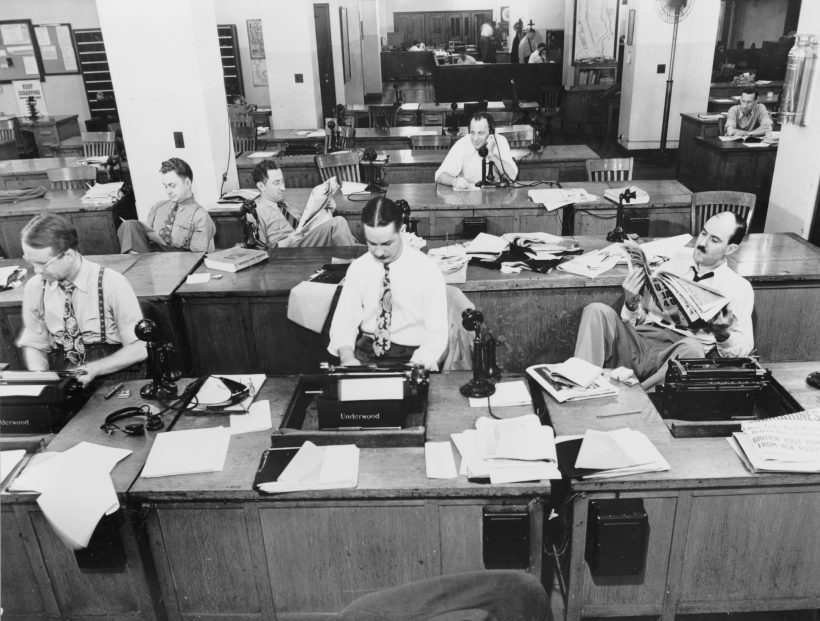
1. IT IS MANIPULATIVE
In the days when your brick-and-mortar local paper was one of the public’s only news sources, newspapers were built on subscribers. People had their paper delivered every day, already paid for; there was no question about whether or not they were going to buy the paper, the only question was what parts of the paper were they going to read? But in our current digital news landscape, profitability is entirely click-driven. In the good old days, the art of headline writing was always important, but your paper didn’t live or die by it. Now many online sources feel they have to resort to crafting headlines that trick you into clicking through.
2. ITS OUTRAGEOUS CLAIMS INFLUENCE READER OPINIONS
Misleading headlines that promise more than the article can deliver are undoubtedly annoying. But is there truly any harm to it, outside of clicker’s remorse, that feeling that you’ve just spent five minutes that you’ll never get back? Well, studies have shown that the same article with two wildly different headlines can dramatically affect the manner in which the content of the article is perceived by the reader. This is partially because of the short-attention span of online readers who don’t always read articles in full, but also because these outrageous titles that have been crafted simply to attract clicks can color everything a reader sees after.
3. IT REPRESENTS THE DEATH OF EXPERTISE
Employing freelancers is more affordable than having an actual writing staff, and unfortunately we, the public, get what these news sources pay for. Cost-cutting measures have pushed digital news sources towards content that can be produced by pretty much anybody. So we have people who are not qualified to write good content being paid next to nothing to produce pieces that barely qualify as journalism in the first place.
4. ITS CONTENT IS NOT KING
Because clickbait is all about driving traffic to your website, the content of the articles themselves tends to be deliberately-shocking, and to pander to the lowest common denominator. What’s more, it is the antithesis of the hyperlocal news that this reporter was brought up on; the problems of a small town in Ohio don’t amount to a hill of beans in this clickbait world.
5. IT DAMAGES YOUR CREDIBILITY AS A NEWS SOURCE
Because of everything we’ve already talked about, clickbait’s tendency to be manipulative, fear-mongering, trite and banal, propagating that kind of content damages your news organization’s reputation in the long run. More reputable sites and search engines are already taking steps to weed clickbait out of circulation. So while those short-term gains of a massive influx of online viewers can be attractive, savvy readers are getting wise to the ploy and learning to tune out that kind of content. It is this reporter’s hope that online new sources will soon begin to realize that this kind of “journalism” is harmful to their readers and to their credibility as a news organization, and will cease to engage in it post haste.






